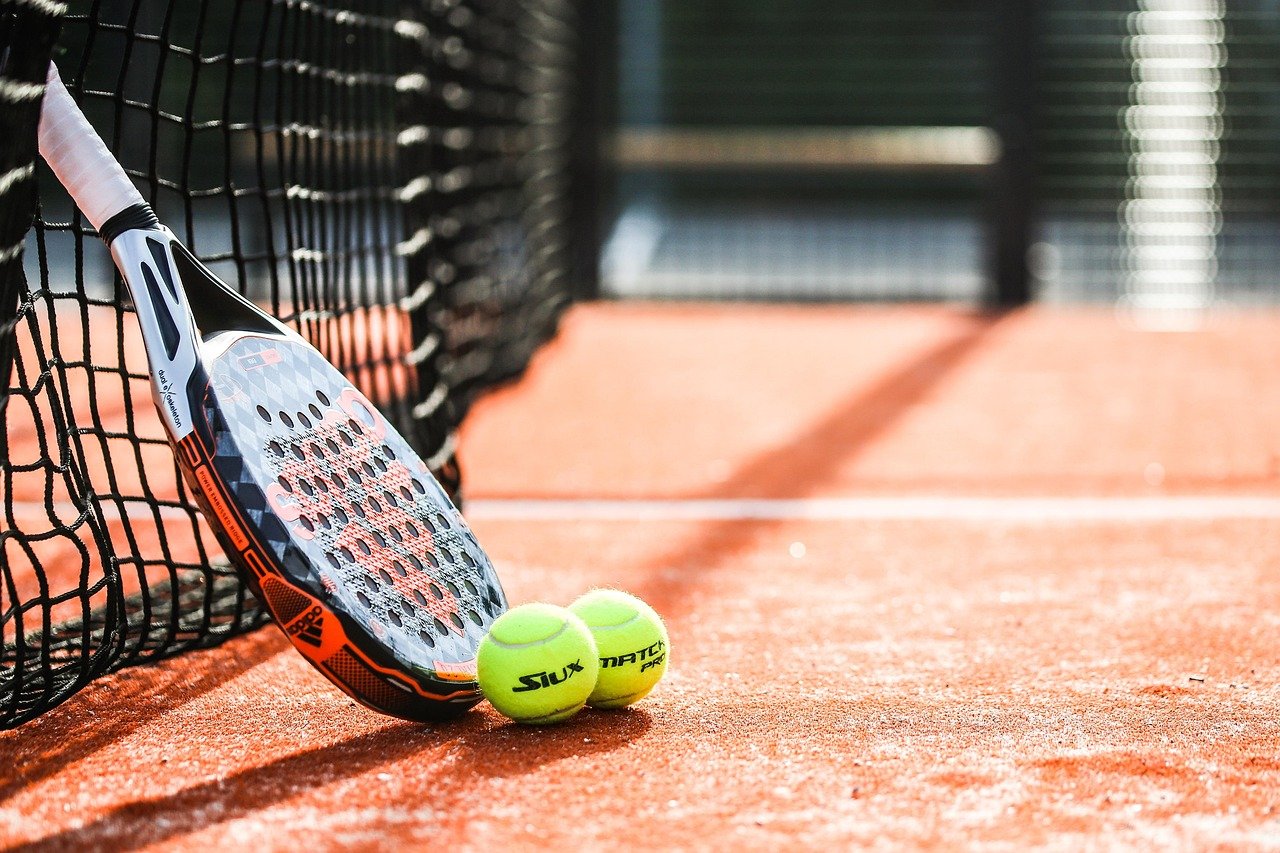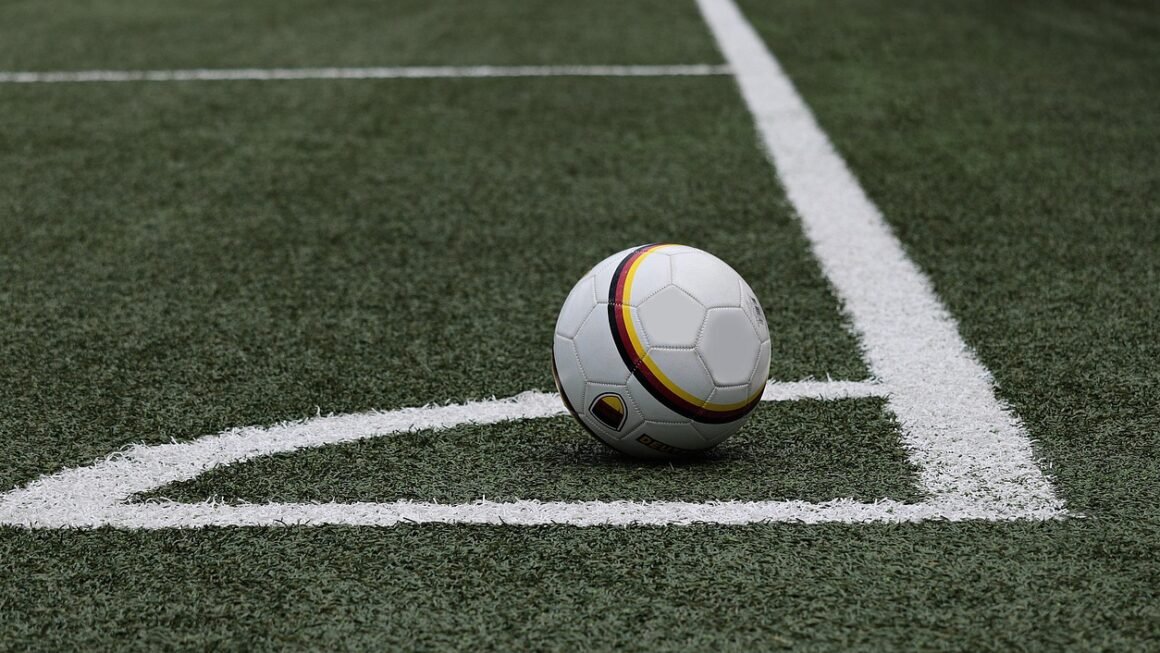Badminton, a sport often relegated to backyard barbecues and casual park play, is actually a dynamic and challenging racquet sport enjoyed by millions worldwide. Beyond its accessibility, badminton boasts incredible speed, agility, and strategic depth, making it a fantastic physical activity and competitive pursuit. This comprehensive guide will delve into the various aspects of badminton, from its origins and rules to the equipment, techniques, and benefits it offers.
The History and Evolution of Badminton
Badminton’s roots can be traced back centuries, with variations of racquet and shuttlecock games played in ancient civilizations. However, the modern sport as we know it originated in British India in the mid-19th century.
Early Origins and Development
- Games similar to badminton were played in ancient Greece, China, and India.
- “Battledore and Shuttlecock” was a popular game in Europe for centuries.
- Modern badminton emerged in Poona, India, where British officers adapted the game.
- The name “Badminton” comes from the Duke of Beaufort’s estate, Badminton House, where the sport was popularized in England.
The Rise of Competitive Badminton
- The first badminton club was formed in England in 1893.
- The Badminton Association of England published the first set of rules in 1893.
- Badminton was introduced as an Olympic sport at the 1992 Barcelona Games.
- The International Badminton Federation (now Badminton World Federation) was founded in 1934.
Understanding the Rules and Scoring
Badminton follows a set of specific rules and scoring systems to ensure fair play and consistent competition.
Basic Rules of Play
- A match consists of the best of three games.
- A game is won by the side which first scores 21 points.
- If the score is tied at 20-20, the side which gains a two-point lead first wins the game.
- If the score is tied at 29-29, the side scoring the 30th point wins the game.
- Points are scored on every rally, regardless of which side served.
Serving Regulations
- The server must serve underhand, hitting the shuttlecock below the waist.
- The server must hit the shuttlecock within their service court, diagonally across to their opponent’s service court.
- At the start of each game, the server serves from the right service court when their score is even, and from the left service court when their score is odd.
Faults and Penalties
- A fault occurs when the shuttlecock lands out of bounds, passes through or under the net, fails to pass the net, touches the ceiling or side walls, or is hit twice in succession by the same player.
- If a fault is committed, the opposing side scores a point.
Badminton Equipment: Choosing the Right Gear
Selecting the right equipment is crucial for performance, comfort, and injury prevention in badminton.
Racquets
- Weight: Badminton racquets are very lightweight, typically weighing between 70 and 95 grams. Lighter racquets offer faster swing speeds.
- Balance Point: The balance point affects maneuverability and power. Head-heavy racquets provide more power, while head-light racquets offer greater control.
- Grip Size: Choosing the correct grip size is essential for comfort and control. A grip that is too large or too small can lead to fatigue and injuries.
- String Tension: String tension influences the power and control of your shots. Higher tension provides more control, while lower tension offers more power. Experiment to find what suits your playing style.
Shuttlecocks
- Feather Shuttlecocks: Made from goose or duck feathers, feather shuttlecocks offer superior flight characteristics and are preferred by professionals. They are more expensive and less durable than synthetic shuttlecocks.
- Synthetic Shuttlecocks: Made from nylon or plastic, synthetic shuttlecocks are more durable and affordable, making them ideal for recreational play and beginners.
Shoes
- Badminton shoes are specifically designed to provide excellent grip, cushioning, and lateral support on the court.
- They often have a low profile and non-marking soles to prevent slipping and provide stability during quick movements.
- Regular running shoes are not recommended as they lack the necessary support for the lateral movements involved in badminton.
Essential Badminton Techniques and Strategies
Mastering fundamental techniques and developing strategic thinking are key to improving your badminton game.
Basic Strokes
- Serve: The serve is the starting point of each rally. Mastering different serve variations (high serve, low serve, flick serve) can give you an advantage.
Example: A low serve should land just over the net and close to the service line, forcing your opponent to lift the shuttlecock.
- Clear: A clear is a defensive shot that sends the shuttlecock high and deep into the opponent’s backcourt.
Example: Use an overhead clear to buy time and reposition yourself on the court.
- Drop Shot: A drop shot is a delicate shot that lands just over the net in the opponent’s forecourt.
Example: Use a net drop to force your opponent to move forward quickly and lift the shuttlecock.
- Smash: The smash is an aggressive overhead shot hit downwards with power.
Example: A well-placed smash can be a difficult shot to return, often resulting in a point.
- Drive: A drive is a fast, flat shot hit parallel to the ground.
Example: Use drives in doubles play to create opportunities to attack.
Strategic Play
- Court Coverage: Efficient court coverage is essential for returning shots and maintaining control of the rally. Develop strong footwork and anticipate your opponent’s shots.
- Deception: Varying your shots and disguising your intentions can make it difficult for your opponent to anticipate your movements.
- Placement: Aim to place your shots strategically, targeting your opponent’s weaknesses or exploiting open spaces on the court.
- Analyzing Opponents: Pay attention to your opponent’s strengths, weaknesses, and tendencies. Adjust your strategy accordingly to exploit their vulnerabilities.
The Health and Fitness Benefits of Badminton
Beyond being an enjoyable sport, badminton offers numerous physical and mental health benefits.
Physical Benefits
- Cardiovascular Health: Badminton is an excellent cardiovascular workout, improving heart health and endurance.
- Agility and Reflexes: The fast-paced nature of badminton enhances agility, reflexes, and hand-eye coordination.
- Muscle Strength and Endurance: Badminton engages various muscle groups, improving strength and endurance, particularly in the legs, arms, and core.
- Weight Management: Badminton helps burn calories and maintain a healthy weight. A study published in the British Journal of Sports Medicine* found that playing badminton for just one hour can burn up to 450 calories.
Mental Benefits
- Stress Relief: Playing badminton can help reduce stress and improve mood by releasing endorphins.
- Improved Focus and Concentration: The strategic nature of badminton requires focus and concentration, improving cognitive function.
- Social Interaction: Playing badminton provides opportunities for social interaction and building relationships.
- Improved Mental Acuity: Badminton helps in making quick decisions which in turn improves mental acuity.
Conclusion
Badminton is more than just a recreational activity; it’s a sport that offers a unique blend of physical and mental challenges. From its historical roots to the intricacies of its rules and techniques, badminton provides a rewarding experience for players of all levels. By understanding the fundamentals, mastering key skills, and embracing the strategic elements of the game, you can unlock the full potential of badminton and enjoy its many benefits for years to come. So, grab a racquet, find a court, and experience the exhilarating world of badminton!



